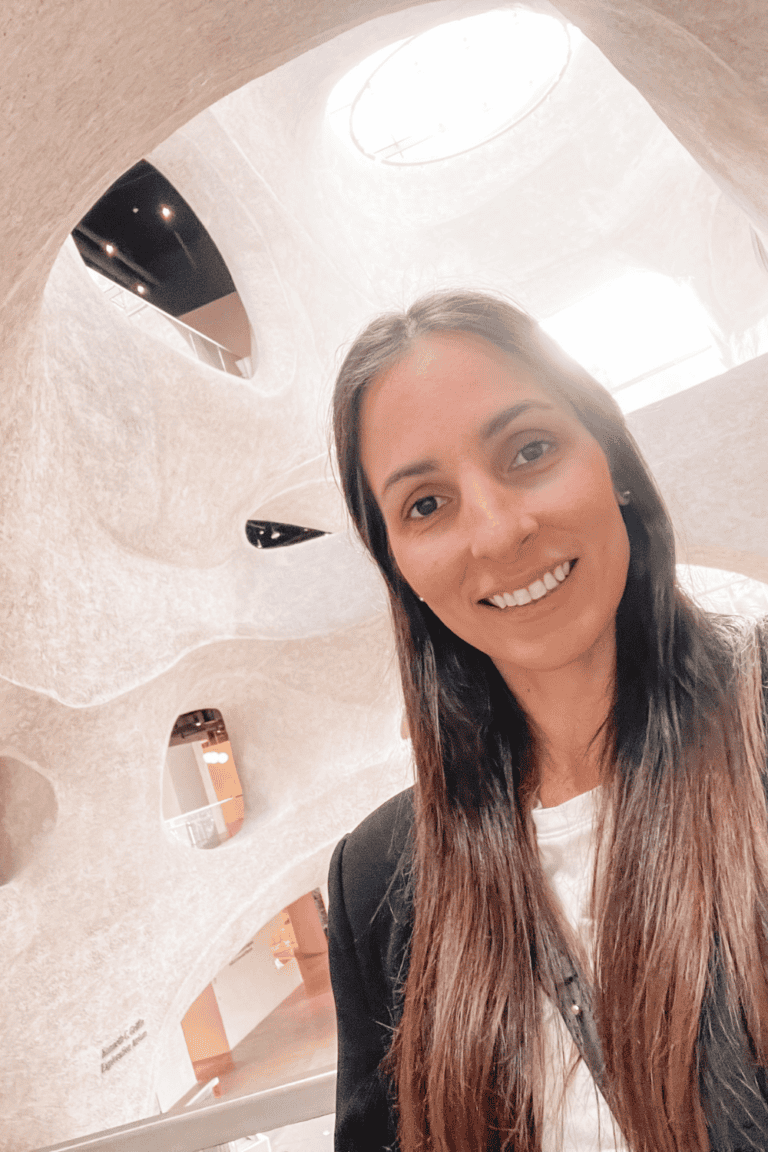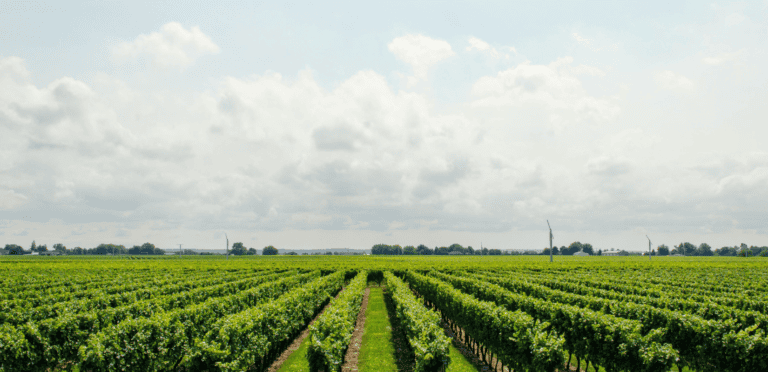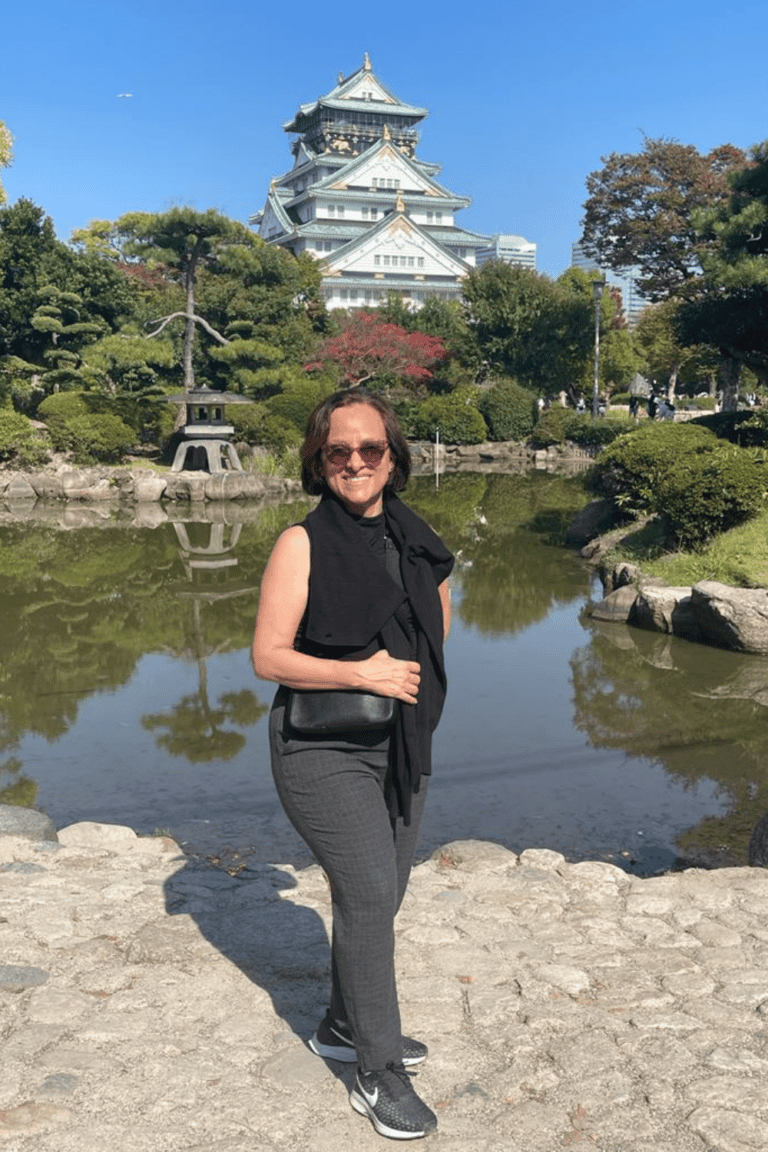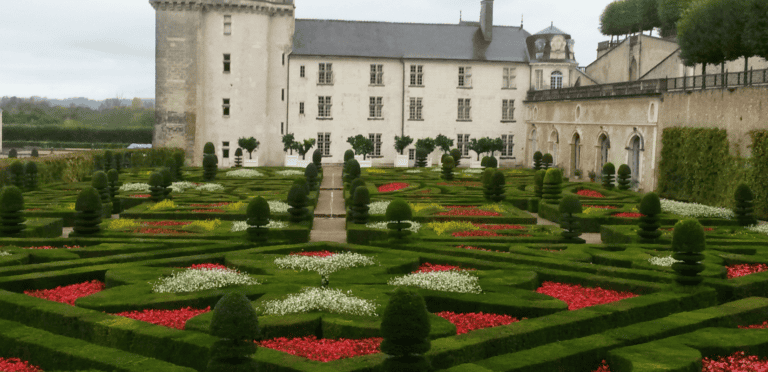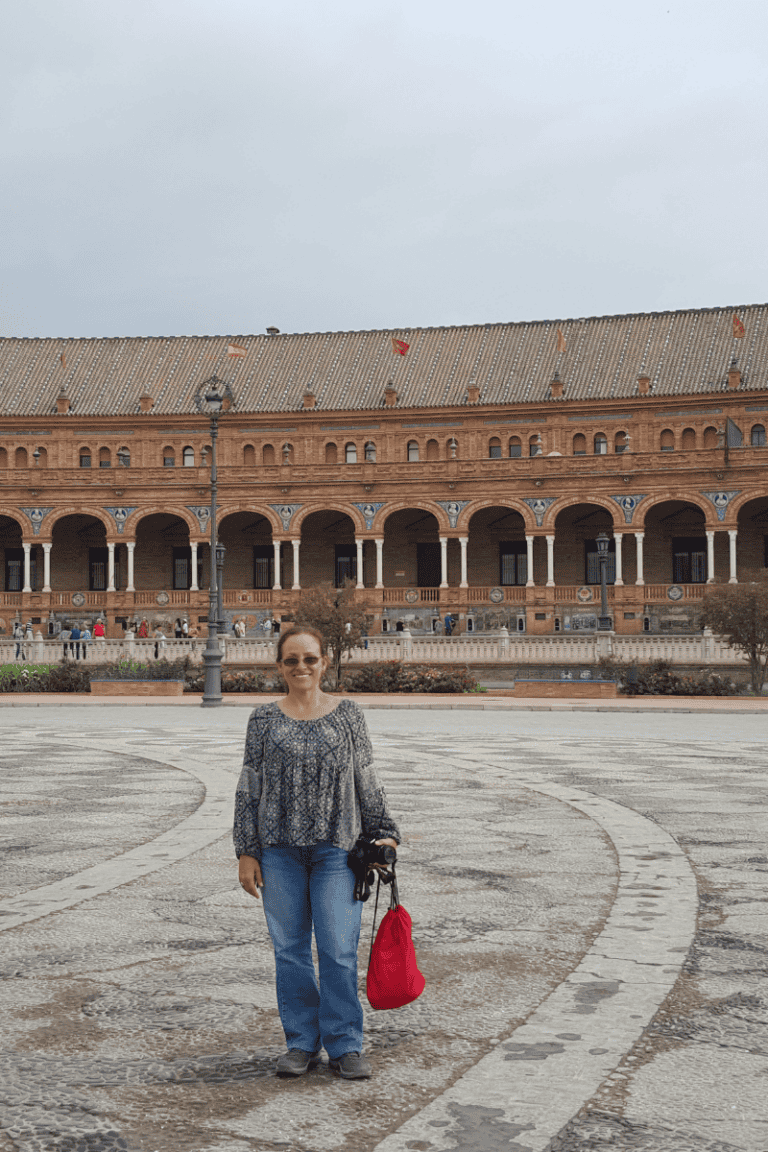15 Must-Do In Tokyo For First Timers
Visiting Tokyo for the first time can be overwhelming with countless options for sights, activities, and food.
However, with some planning, you can create a truly magical experience when visiting Tokyo for the first time.
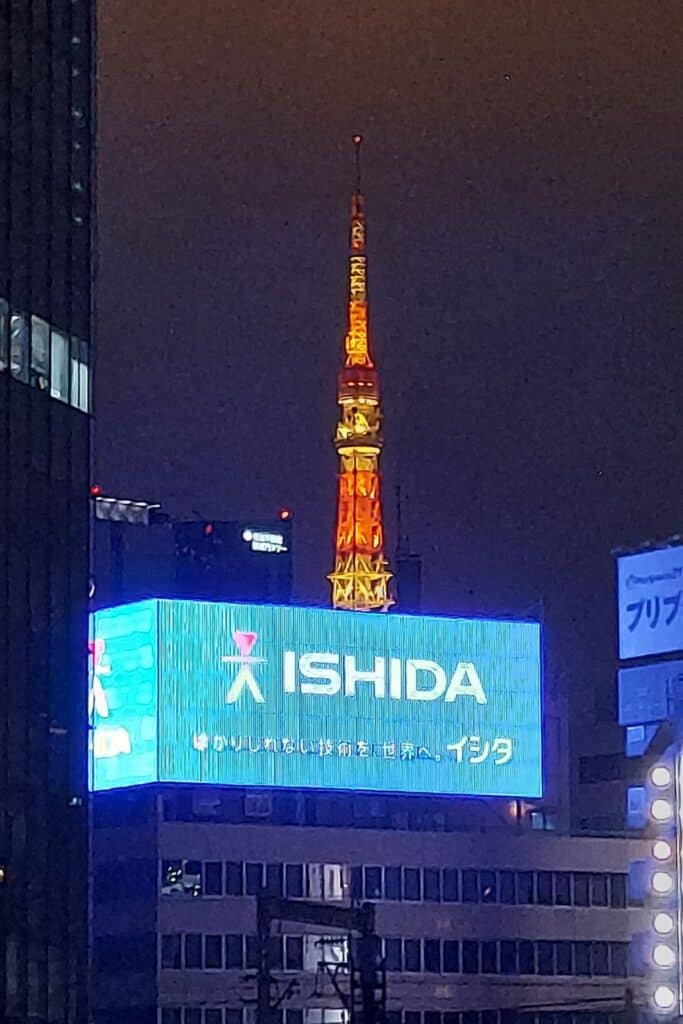
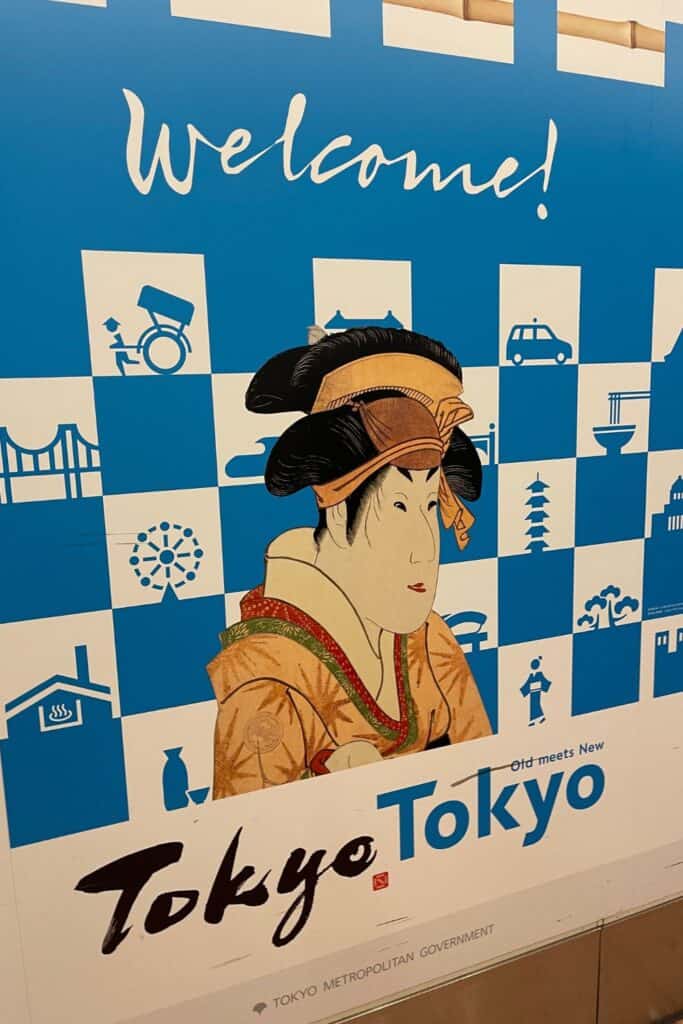
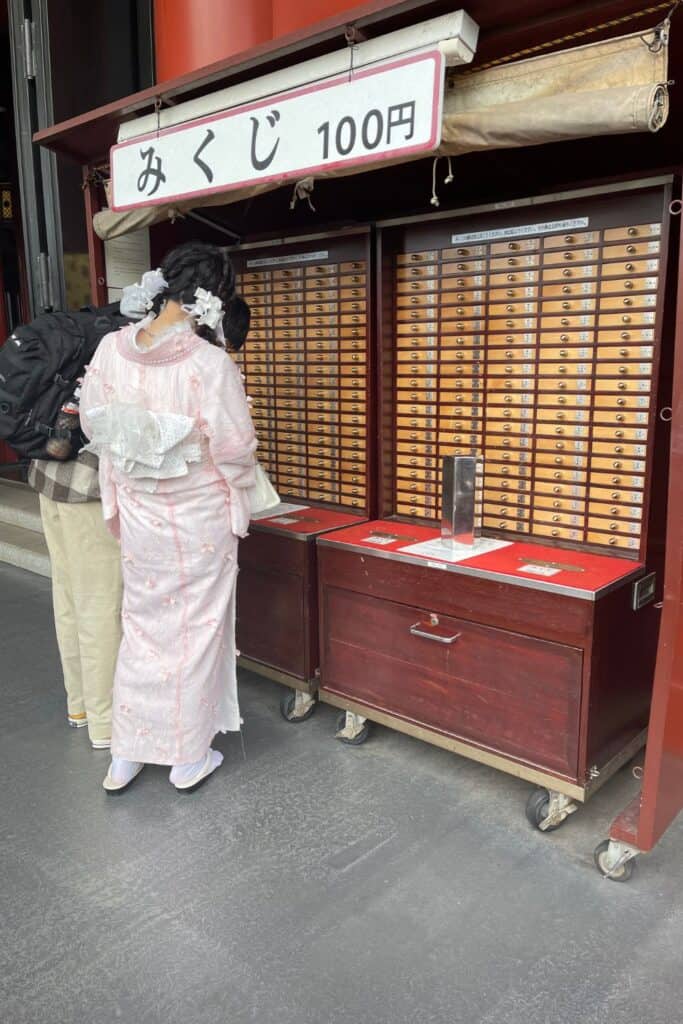
Tokyo is a modern metropolis with high-rise buildings and an amazing metro and train system.
But among all the new and shiny, the traditional temples, shrines, and parks meld seamlessly.
The city offers wide avenues lined with beautiful trees and small lanes with traditional stores and places to eat.
In such a big city, with so many things to do how can you make sure you get a taste of Tokyo?
These are the 15 must-do things when you travel to Tokyo as a first-timer.
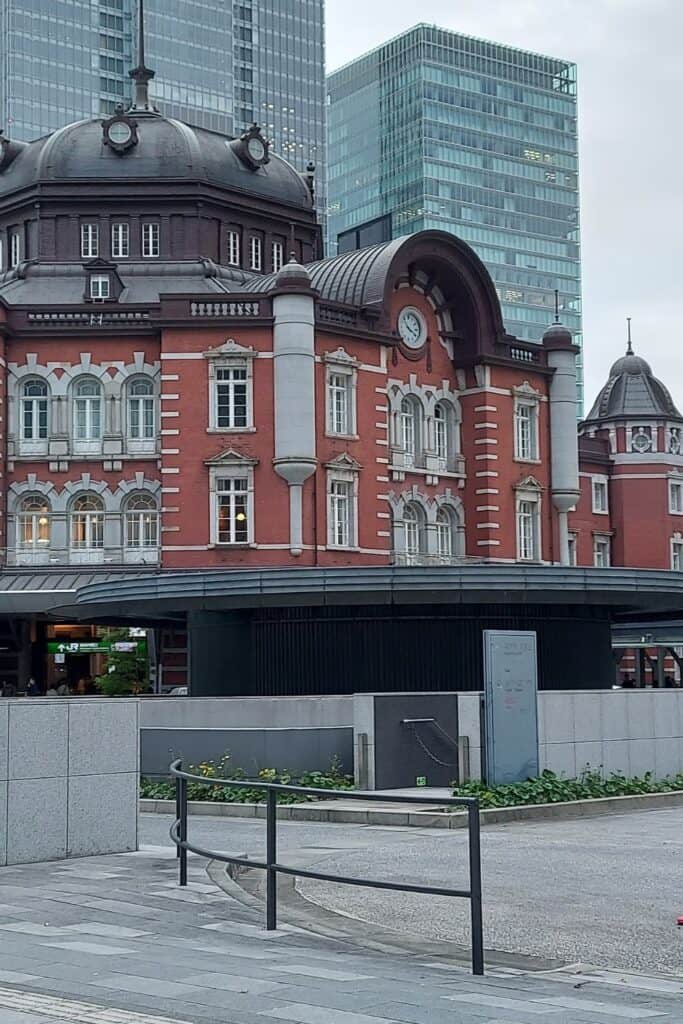
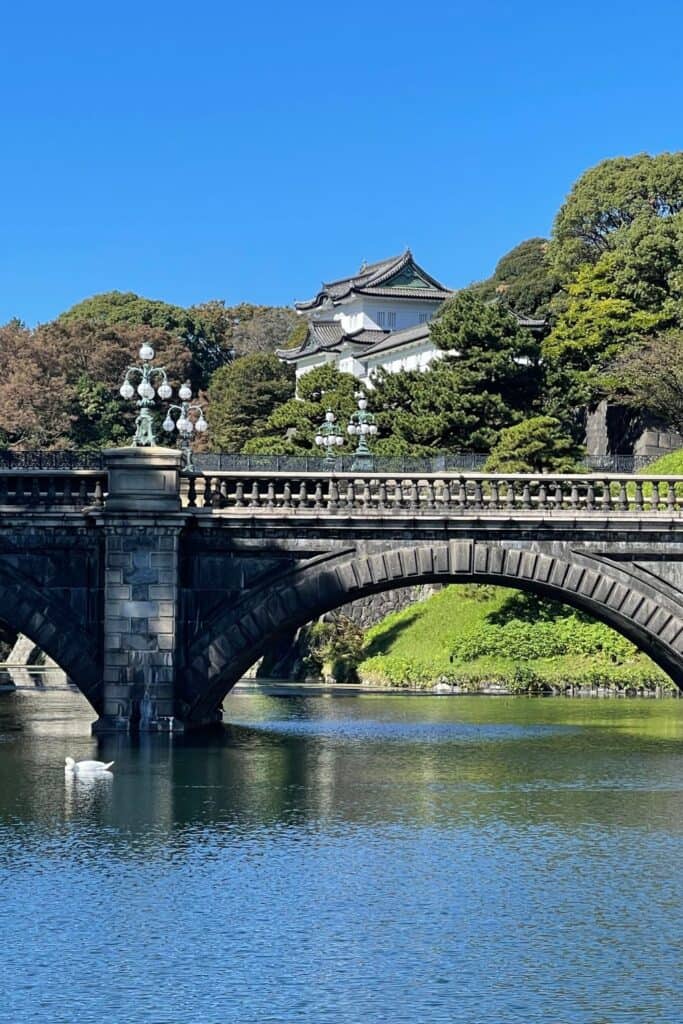
Marunochi and the Imperial Palace
1. Imperial Palace
Located in the center of Tokyo, the Imperial Palace is the perfect place to start your visit to Tokyo.
While this continues to be the residence of the Imperial Family of Japan, the perimeter of the palace is open to the public.
Certain areas of the gardens are very popular for jogging and tourists.
You can walk by two of the palace gates, view the castle, and admire Nijyu Bridge.
The East Gardens are open to the public year-round, with lovely views of Cherry Blossoms in spring and red maple leaves in fall.
In addition, you can visit some parts of the interior palace gardens free of charge by contacting the Imperial Household Agency.
Tip:
Arrive early to beat the tour buses and enjoy uninterrupted views of the castle and bridge. Afterward, take a stroll to the East Gardens.
2. Tokyo Station – Marunouchi Side
From the Imperial Palace or the Gardens make your way towards Tokyo Station.
The area between the Palace and the Station is Otemachi and the main street is lined with beautiful trees and high-end shopping stores.
As you arrive at Tokyo Station walk into Marunouchi Square to appreciate the beautiful facade of the old building.
Incorporating Western architectural design, the station opened in 1914.
It is the central hub for train transportation around Japan.
Tokyo Station has two sides the Marunouchi side which encompasses the old building and is used for regular trains and metro.
The Yaesu side is the modern building built for the Shinkansen tracks.
Visiting Tokyo Station is like visiting a small town, with restaurants of all types, shops, and Konbinis (convenience stores like 7-Eleven and Food Mart).
Walking through Tokyo Station immerses you in Japanese culture and their deep love for trains.
3. Ginza
Once you’ve experienced Tokyo Station leave through the Yaesu Side and walk towards the bus station. Continue walking in that direction for several blocks and you will have the Ginza District to your left.
Ginza is a maze of shopping streets with everything from Uniqlo and Muji to Cartier and Louis Vuitton.
The main artery of Ginza is filled with designer stores and malls.
We highly recommend a visit to Ginza Six even if you’re not looking to buy designer items.
Ginza Six is a shopping center that features numerous designer stores and a variety of excellent restaurants on its top floors.
It also houses a wonderful bookstore and stationery on its top floor.
If you love paper, pens, and all things stationery, be sure to visit Itoya—seven floors dedicated to everything stationery.
The main street in Ginza is closed off to cars on weekends, Saturday and Sunday, from 12:00 PM to 5:00 PM.
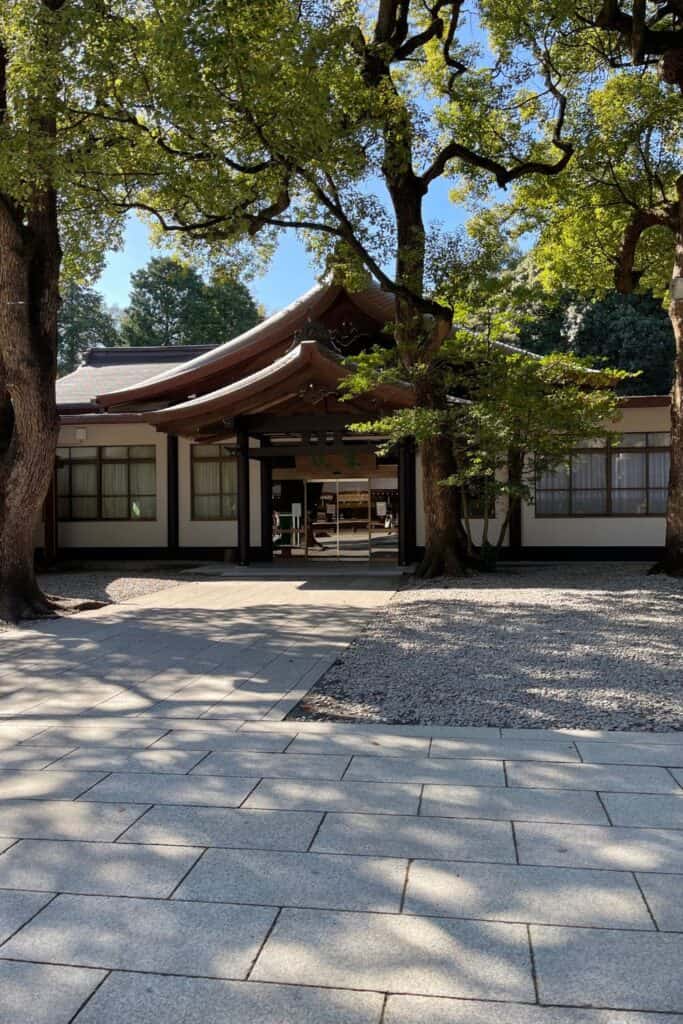
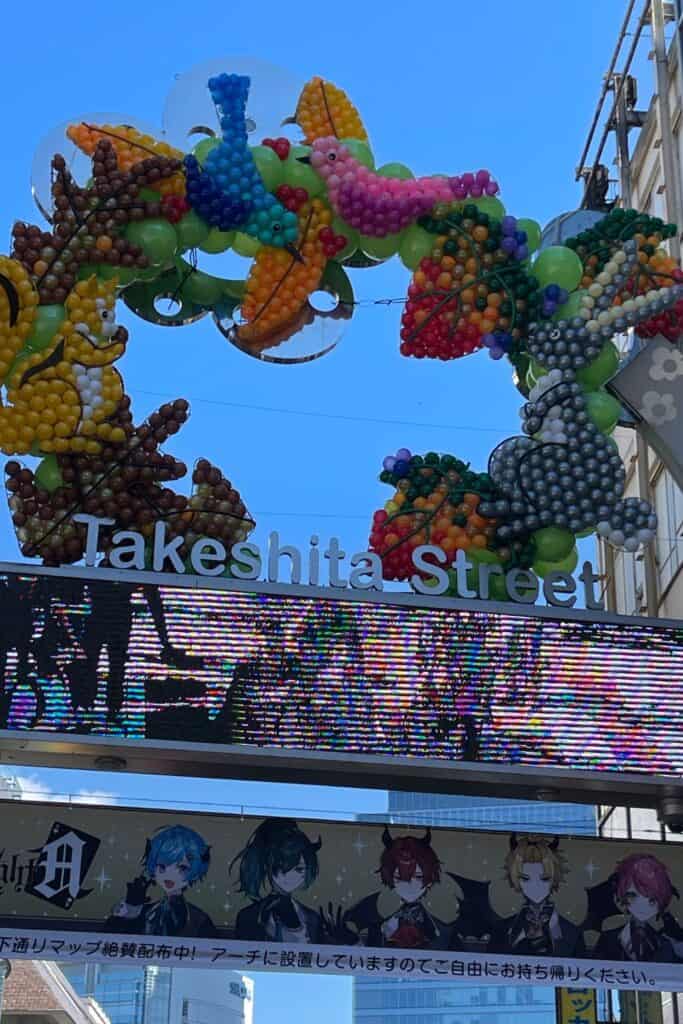
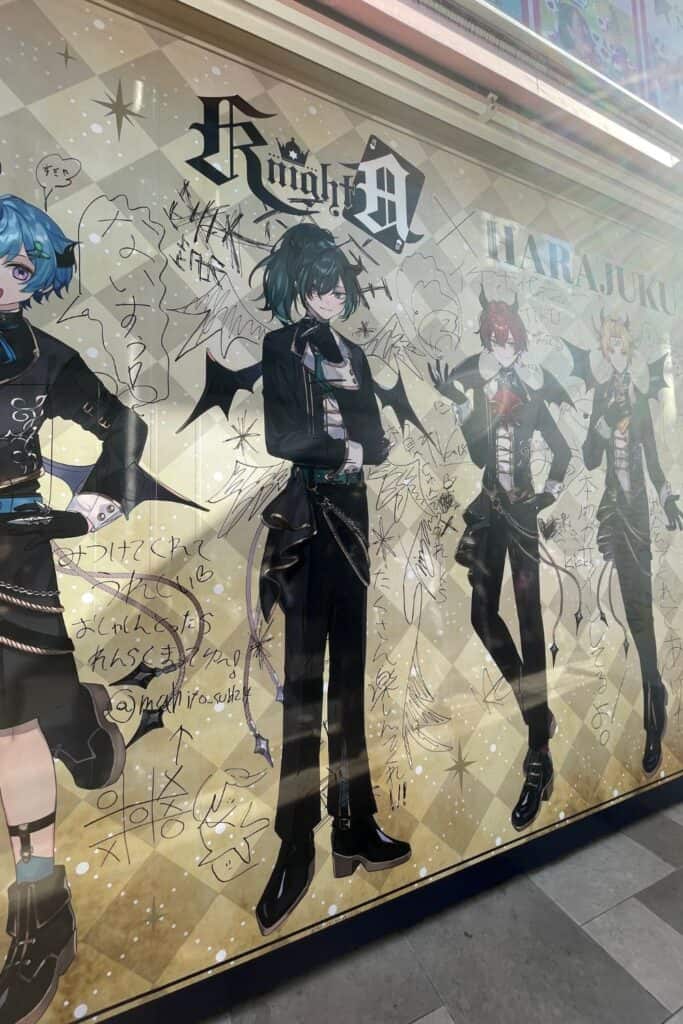
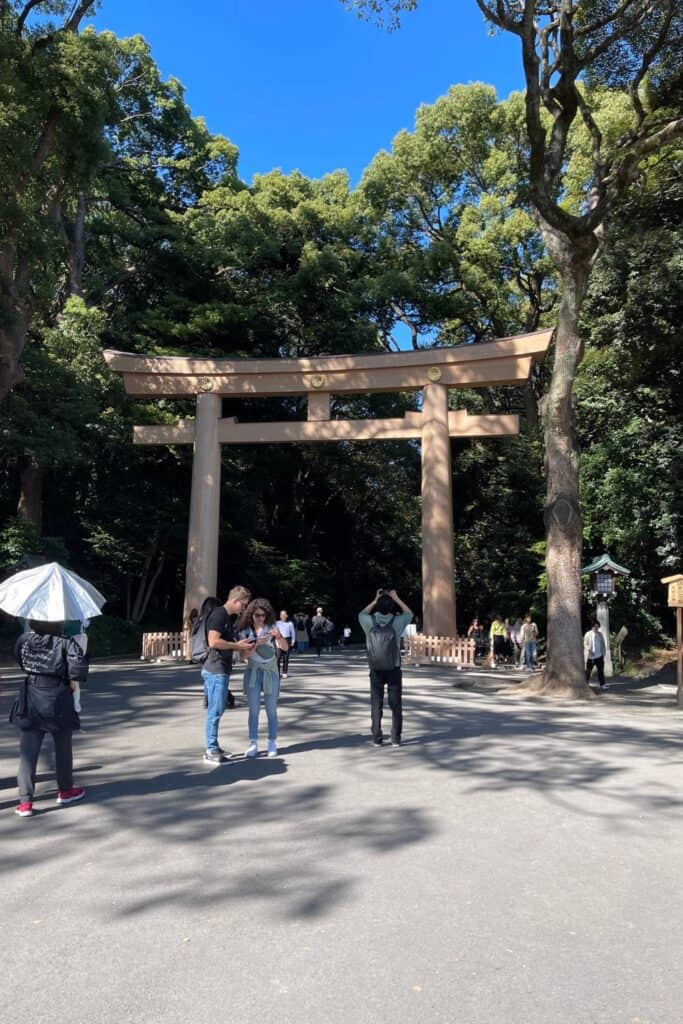
Shibuya City
4. Meiji-Jingu Shrine
Another highly recommended place to visit in Tokyo for first-timers is the Meiji-Jingu Shrine.
Meiji-Jingu is a Shinto Shrine dedicated to the deified spirits of Emperor Meiji and his wife, Empress Shoken.
This 170-acre forest, with trees from all regions of Japan, was created from saplings donated by people across the country when the shrine first opened.
It has two main areas:
- The Naien is the inner precinct and is centered around the shrine buildings.
- The Gaien which is the outer precinct, includes the Meiji Memorial Picture Gallery and a variety of sports facilities, including the national stadiums. Today this area is used for Shinto weddings and meeting rooms.
This is a wonderful space to walk around and see traditional Shinto construction.
Tip:
This is a good place when you need access to public bathrooms and has some good restaurant and snack facilities.
5. Yoyogi Park
Next door to Meiji-Jingu is another extensive green area, Yoyogi Park.
This park is frequented by locals looking to spend some time in nature.
There are many activities during the weekend including people exercising and dancing.
Yoyogi Park is a particularly good place to visit in spring to see the Cherry Blossoms in the Cherry Blossoms Garden.
Also, in the fall it is a great place to see the Ginkgo trees with their distinctive golden leaves.
6. Takeshita Street
A famous area that is also close to Meiji-Jingu is Harajuku and Takeshita Street.
Although there aren’t that many Harajuku girls to be seen nowadays this is still a great place to visit.
The area is filled with vintage clothing and small boutiques, and there are still stores where you can buy the clothes used by Harajuku girls.
In addition, Takeshita Street is a vibrant source of colorful foods and an abundance of sweets.
Takeshita Street is famous for its sweet and savory crepes, with numerous shops offering these delicious treats.
Another fun snack is the rainbow cotton candy.
If you prefer something savory you can try the long spiraled potato.
But the most unique snack we saw was a rainbow cheese sandwich.
Don’t be put off by the long lines, where else in the world can you get a rainbow cheese sandwich?
7. Omotesando Street
When the crowds in Takeshita get too much for you or you simply have had your fill of sweets walk a couple of blocks to Omotesando Street.
Omotesando Street is a tree-lined avenue with high-end shops.
It is Tokyo’s version of The Champs Elysees.
But the true find in Omotesando is the small streets and alleyways off Omotesando Street.
In these smaller streets, you will find local designers and artisans.
Specialty boutiques and homeware you can’t find in the high-end stores.
Among the stores, you’ll also find cafes and local restaurants huddled between beautiful homes.
This is a great place to get lost!
8. Shibuya Station
When you’re ready for more Japanese action find a metro or train station and get yourself to Shibuya Station.
Shibuya is another must-see area for Tokyo first-timers.
Outside of Shibuya Station visit:
- Hachiko Square – visit the statue of Hachikō a loyal Akita who waited for his dead master at a train station in Tokyo for 10 years.
- Shibuya Crossing – the famous intersection where cars stop in all directions, allowing pedestrians to cross in every direction—a true sea of people.
- Parco – this is a shopping center, it has some great pop-up stores, local shops, and an amazing view of the area from the rooftop. The biggest attractions in this mall are the Nintendo Store and the Pokemon Center, amazing even if you’re not a gamer.
If you’re hungry, you’ll find plenty of restaurants in this area.

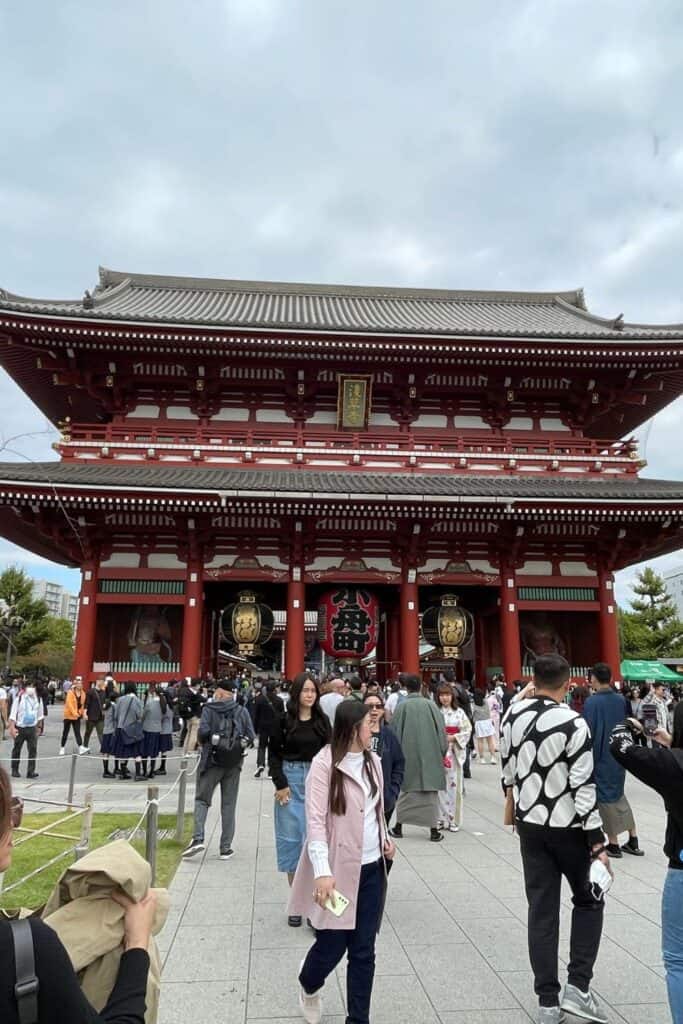

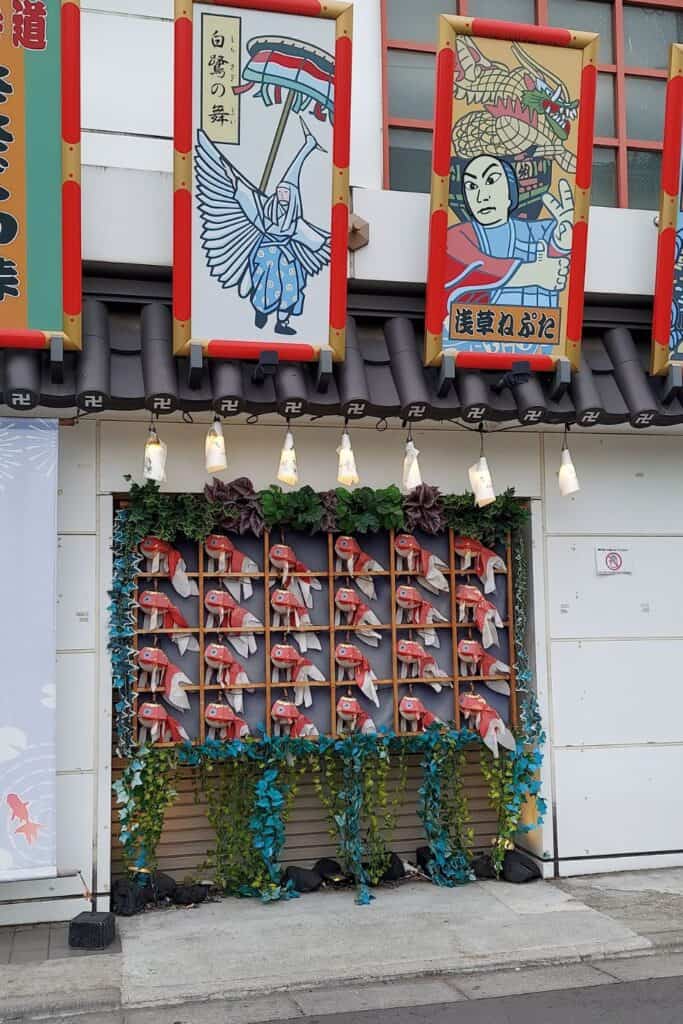
Taito City
9. Senso-ji Temple
You cannot visit Tokyo without paying a visit to Senso-ji Temple.
Senso-ji or Asakusa Kannon is Tokyo’s oldest-established temple and one of its most significant.
It is dedicated to Kannon, the bodhisattva of compassion.
The temple complex includes the main hall, a five-story pagoda, and large gates.
It is the most visited religious site in the world with over 30 million visitors annually.
The streets leading to the temple are filled with stalls decorated for the season.
You’ll find all types of souvenirs, chopsticks, artwork, clothing, and toys.
But in the surrounding streets to the sides of the temple, you’ll find streets filled with shops.
Many of the shops offer typical Japanese snacks like:
- Mochi – Chewy rice cakes that can be plain or filled with sweetened red bean paste, fruit, or ice cream.
- Senbei – Crispy rice crackers that come in savory flavors like soy sauce, seaweed, or spicy varieties.
- Dorayaki – Small pancakes filled with sweet red bean paste (anko) or other fillings like cream or chocolate.
- Taiyaki – Fish-shaped pastry filled with red bean paste, custard, or sweet potatoes.
Also in this area is the oldest amusement park in Japan, Asakusa Hanayashiki. In operation since 1853 it also boasts the oldest roller coaster in Japan.
10. Ueno Park
When you’re finished exploring Senso-ji Temple and its surroundings take the metro or train to Ueno Station.
As you exit the station you will encounter one of Tokyo’s liveliest parks.
That’s because Ueno is so much more than just a park, this is also a museum campus and the home of the zoo.
Within the boundaries of Ueno Park you can find:
- Ueno Zoo – the most famous residents are its giant pandas
- Tokyo National Museum – oldest and largest art museum in Japan. Has many artifacts from ancient and medieval Asian art. There is a beautiful garden that can be enjoyed when the weather is good.
- National Museum of Nature and Science – with a Japan Gallery and a Global Gallery that immerses children of all ages in the nature and evolution of animals and science in Japan and around the world.
- National Museum of Western Art – as the name implies, this museum is dedicated to works mostly from European masters. You’ll find sculptures by Rodin and paintings by Delacroix, Cezanne, Soroya, Picasso, and Pollock among others.
But for your first visit to Tokyo, you might just want to wander the park and see the gardens and architecture.
Many festivals and activities take place in the park so it is a great place to catch a glimpse of a Matsuri (festival).
Tip:
A must-see during Cherry Blossom season in Tokyo, Ueno Park becomes lined with blooming cherry trees, creating the appearance of a snowy canopy covering the park.
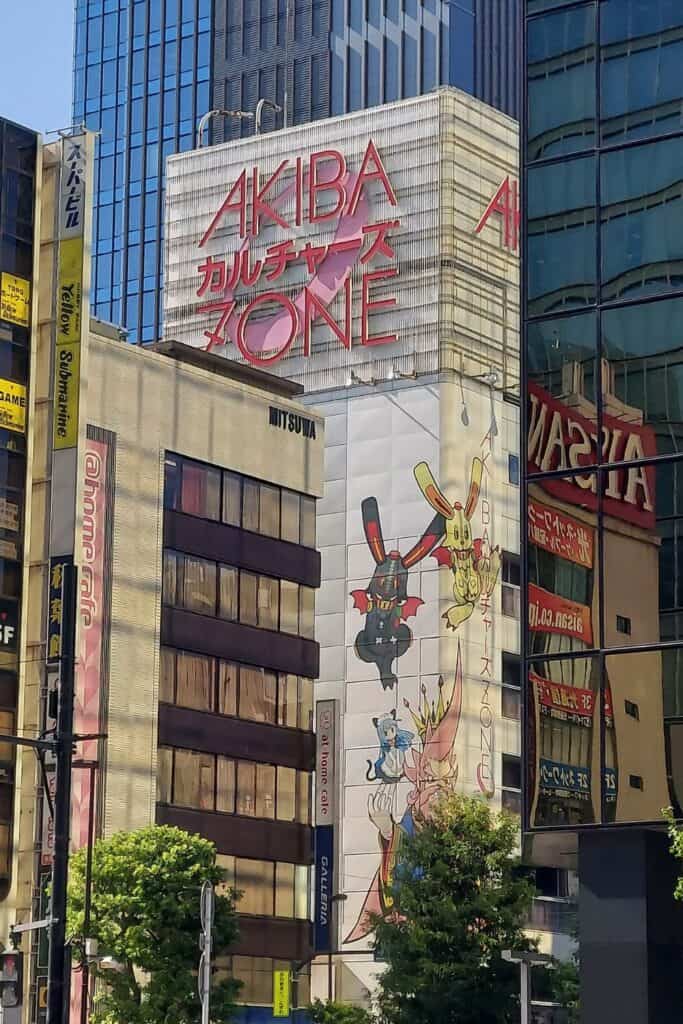
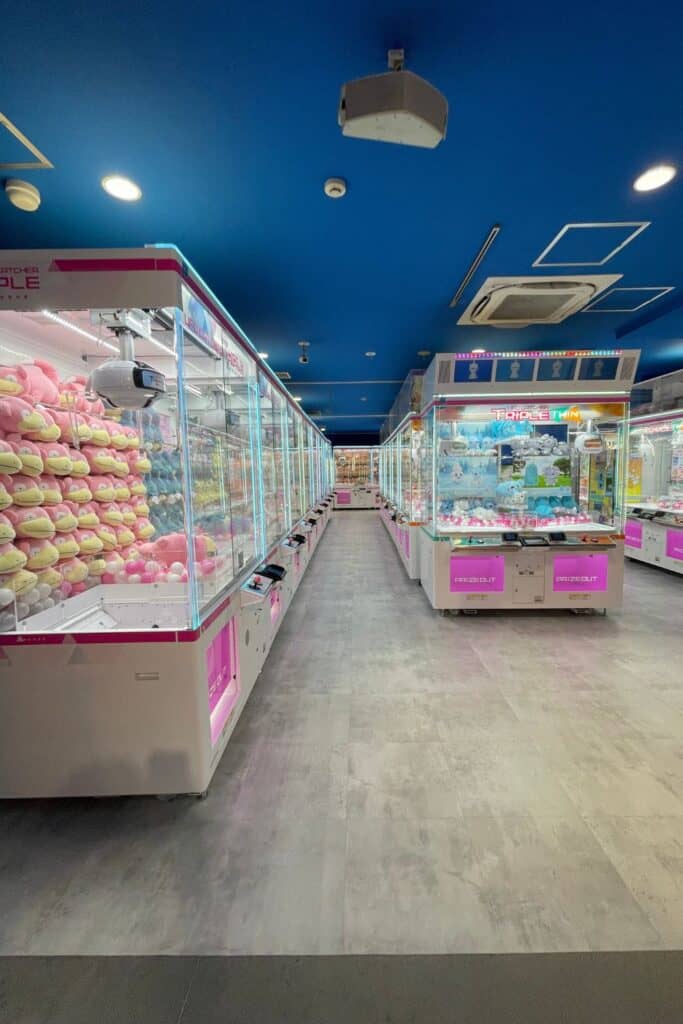
Akihabara
11. Akihabara Electric Town
This is a must if you’re a fan of anime or gaming.
Here, you can explore five-story arcades and stores packed with anime memorabilia.
In addition, this area is famous for themed cafes like:
- Maid Cafés
- Cat Cafés
- Anime and Manga Cafés
- Gamer Cafés
- Concept Cafés
Even if you’re not into anime, manga, or gaming, we recommend spending an hour or two exploring this street to soak in the unique vibe of this Japanese subculture.
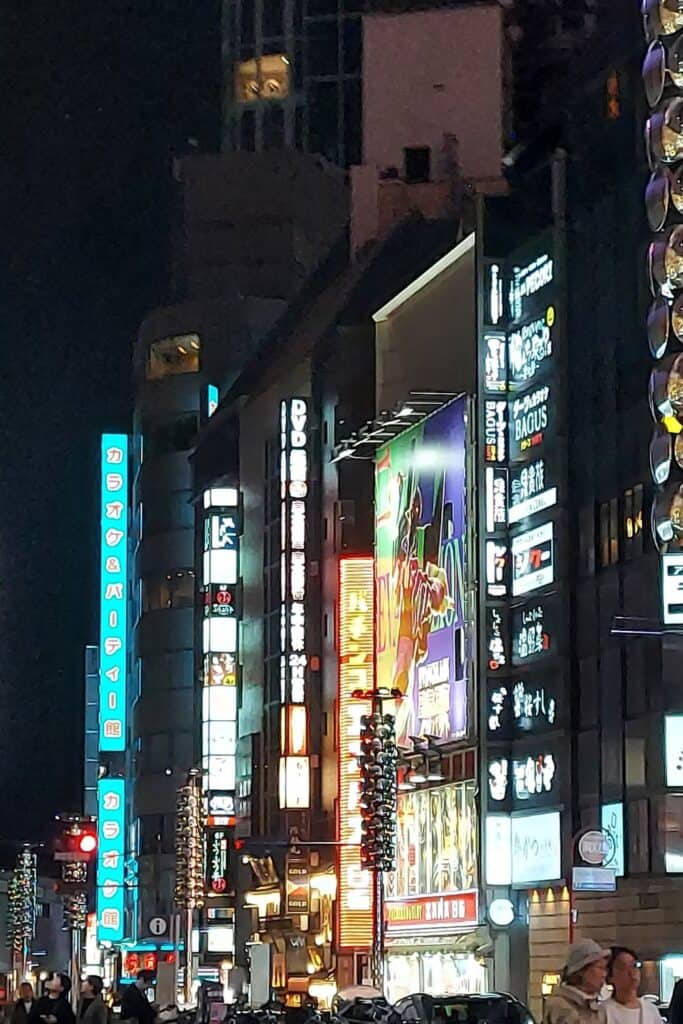
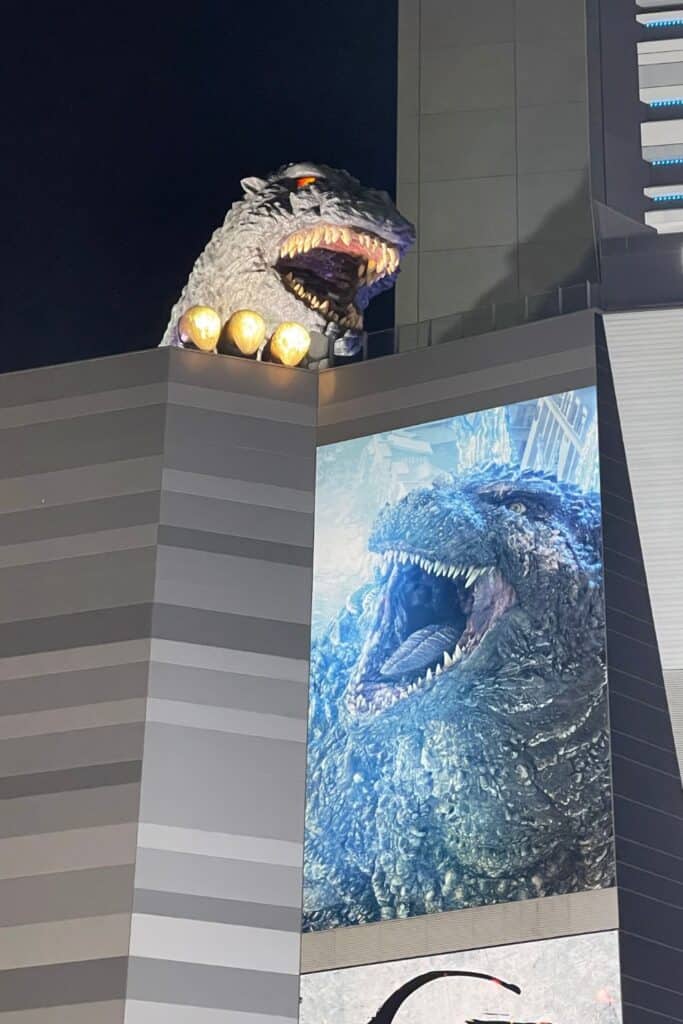
Shinjuku
12. Nightlife and Food
- Kabukicho – red-light district, full of bars, clubs, and restaurants
- Godzilla Head – found on top of one of the buildings in the area
- Golden Gai – a small network of narrow alleys with tiny bars
- Omoide Yokocho (Memory Lane) – famous for its traditional izakayas (Japanese pubs) serving yakitori and drinks
13. Shinjuku Gyoen National Garden
This is a botanical garden featuring traditional Japanese landscapes, French gardens, and English-style lawns.
This spot is perfect for viewing cherry blossoms in spring, enjoying the vibrant autumn colors, and experiencing winter illuminations.
14. Tokyo Metropolitan Government Building
If you like to see the city skyline an alternative to visiting Tokyo Skytree is to visit the Tokyo Metropolitan Government Building.
Enjoy stunning panoramic views of the city from the observation decks, 202 meters high, all for free!
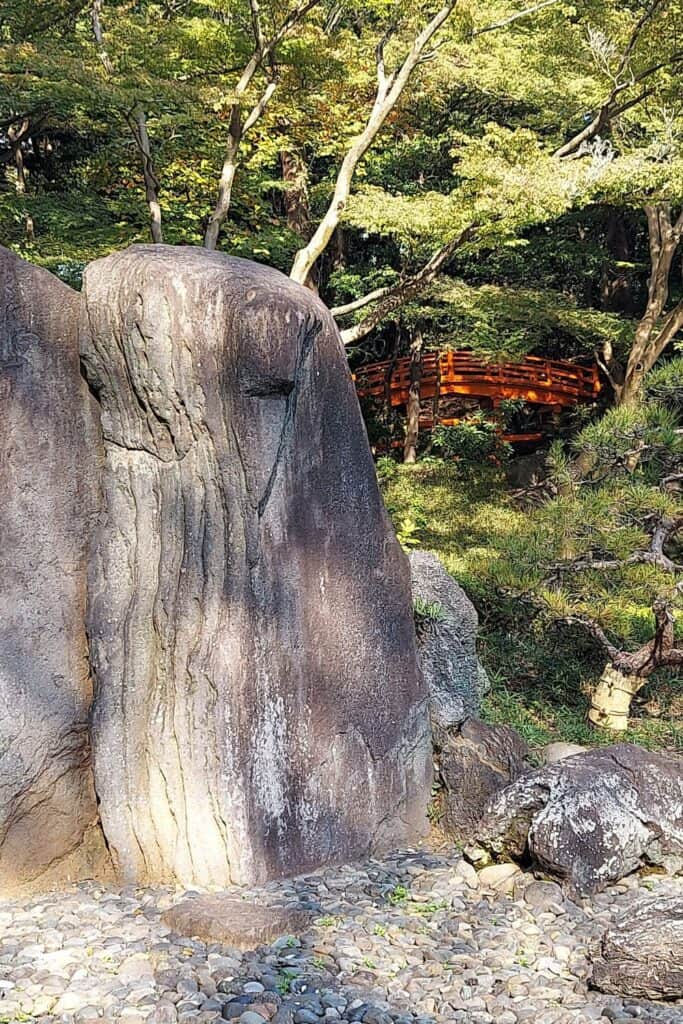

Tokyo Dome City
15. Koishikawa Korakuen
Japanese gardens are celebrated for their stunning designs and meticulous cultivation techniques.
The pinnacle of traditional Japanese garden design occurred during the Edo period, but only a handful of these original gardens have survived to this day.
One of those gardens is found in Tokyo, Koishikawa Korakuen.
Located next door to Tokyo Dome, the garden is a quiet respite in the middle of the city.
It has several ponds, islands, a stone bridge, and a red wooden bridge.
The garden is filled with blooming flowers like irises and azaleas along with plum and cherry orchards making it a fantastic place for cherry blossom viewing.
It also has maple and ginkgo trees making it a scenic location during the Autumn.
There’s a small entry fee for the garden, but it’s well worth it to experience a traditional Japanese garden on your first visit to Tokyo.
Making the Best of Tokyo During Your First Visit
Tokyo is an amazing city with a distinctive culture.
Tokyo’s vast array of attractions and flavors can be daunting for first-time visitors.
Yet, with some thoughtful planning, you can create the perfect experience for your visit.
We hope these recommendations guide you as you plan your visit.
Have a great first visit to Tokyo!
